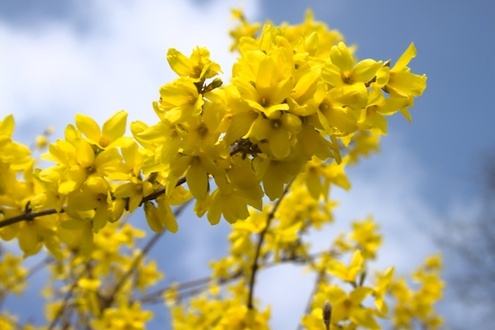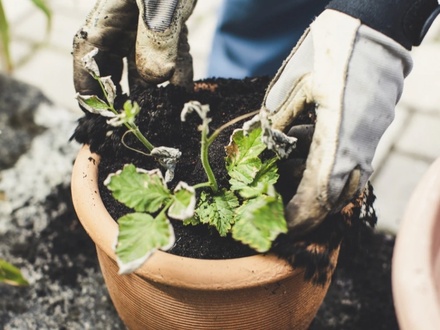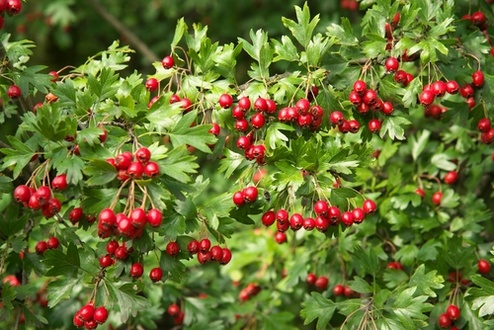
If you enjoy plants, growing new plants from cuttings is a really easy way to enjoy getting even more plants for free. You can also divide plants and collect seeds which are all ways to make the most of what you already have and grow more of your favourites. Cuttings can be taken from many different plants and propagating in this way can have really good results, plus it is almost magical to see a new plant grow from a small cutting, so give it a go with our guide.
To make sure your cuttings are successful you will need to understand the different types of cuttings that you can take to propagate your favourite plants.
Types of cuttings to grow new plants from cuttings
Softwood cuttings are taken from fresh growth that is newly grown in springtime or early in the summer. You can take this type of cutting from plants such as Penstemon, Pelargoniums, Hydrangea and Buddleja.
Hardwood cuttings are from woody stems that are dormant over Autumn and Winter and almost all deciduous shrubs can be propagated by hardwood cuttings. Cornus, Forsythia, Ribes to name a few can be propagated this way.
Greenwood cuttings are taken from younger stems in their first year and generally taken in early summer. This type of cutting is almost the same as softwood cutting but the stems are slightly more mature and you will need to cut them a little longer.
Semi-ripe cuttings are taken in summer to autumn from plants like Camellia, Honeysuckle and Ceanothus. Cuttings often take really well from semi ripe cuttings.
Leaf cuttings are also a fun way to propagate and can be taken from a whole or even a part of a leaf and this is often the technique for indoor plants.
How to grow new plants from cuttings
Once you have taken your cutting with a sharp knife you may want to use some rooting hormone to dip the end in which can help to increase the chance of success as the root may develop quicker and stronger. It isn't necessary but using this method can help.
It is important to keep the humidity up with root cuttings and for them not to dry out. When you plant them they will need good drainage and a mix of cutting compost or other growing medium and some perlite. Or, some could be directly planted in perlite. Generally, cuttings will need indirect light and if you do see any that are rotting or diseased, make sure they are removed promptly to stop the spread of any problems.
When the cuttings have rooted strongly, they will be ready to start hardening off outside before they are ready to plant out.
Pick your plants, tools and compost needed in-store to take cuttings from your favourite plants.




